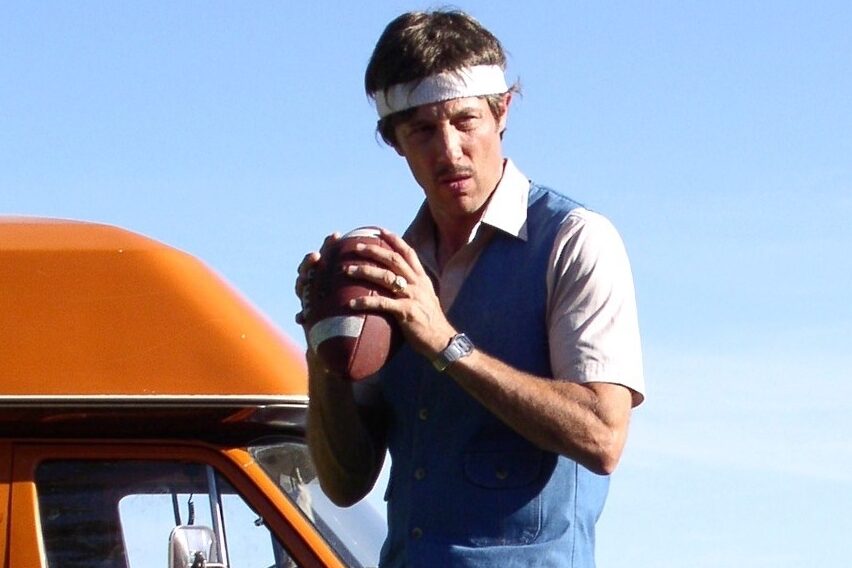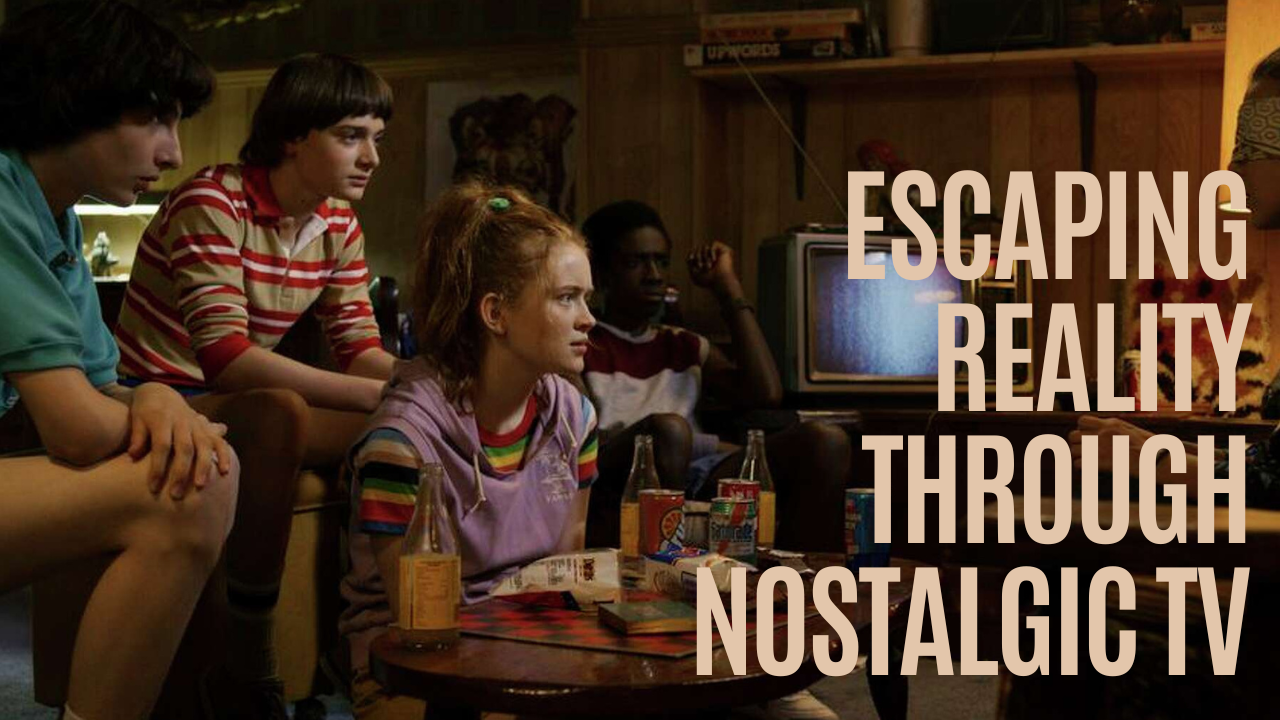Nostalgia has become a hot commodity—a marketable magic trick that turns your memories into money-making content.
Whether you’re browsing Netflix or scrolling through TikToks and shorts, everywhere we look there’s a portal to the comforts of the past. A quick scroll might land you on videos where grownups recreate their everyday lives as teenagers during the 90’s and early 2000’s.
Sure, there’s nothing wrong with reminiscing about the “simpler times” when there were no adult responsibilities. But have you noticed how conveniently nostalgia sidesteps the rough patches?
Amidst the feel-good content, good luck finding anyone waxing poetic about their house being foreclosed during the 2008 financial crisis. Nostalgia is the ultimate highlight reel, carefully curating memories like a greatest hits album that skips all the sad tracks.
But nostalgia is not a new thing. People have always clung to the comforts of the past during uncertain periods in their life. It’s our psychological comfort food, a mental escape we turn to when our own lives become too complicated.
TV Through the Decades: Chronicling Our Affection for ‘Simpler’ Times
TV shows have been profiting off our nostalgia for decades. Enter Happy Days, the ultimate psychological getaway for Boomers. While the 1970s were busy unraveling with political upheaval, economic chaos, and social tensions, Americans found solace in a meticulously polished version of the 1950s.
Where Happy Days offered a sanitized, almost mythological version of the 1950s, That ’70s Show was more nuanced. While Happy Days smoothed out every social wrinkle, That ’70s Show leaned into the era’s messy complexity.
The show didn’t shy away from topics like economic uncertainty, changing social norms, and generational tensions. Teenagers smoking pot, challenging parental authority, and wrestling with the aftermath of the Vietnam War weren’t just plot points—they were the show’s beating heart.
That ’70s Show created a more authentic depiction of its time period while still providing escapism for its viewers from the fast pace and technological shifts of the late 1990’s.
Modern-Day Nostalgia Bait: Shows Catering to Gen X, Millennials, and Gen Z

Following in the footsteps of Happy Days, the popular Stranger Things meticulously reconstructs a version of the 80s that never quite existed. It blends influences of horror and sci-fi films of the time period with enough vintage aesthetic to make Gen X viewers sentimental about “better” times.
Cobra Kai stands out as the nostalgia remake done right—a rare gem in a landscape littered with mediocre reboots. Where many revival shows feel like desperate cash grabs, this series both honors the original while expanding upon it, breathing new life into characters we thought we knew.
The nostalgia remake trend for millennials and Gen Z has been a mixed bag of quality that would make a thrift store look curated. For every Fuller House that feels like a forced reunion, there’s a Girl Meets World that tries to capture some genuine heart.
iCarly‘s reboot stumbled awkwardly between adult humor and sitcom nostalgia, while shows like Raven’s Home have managed to find a more comfortable middle ground. It’s a graveyard of almost-but-not-quite successful attempts to bottle lightning from our collective childhood memories.
Critical Consumption: Navigating the Purpose and Authenticity of Nostalgia in Media
The recent boom of TV show remakes/reboots is not a coincidence. Millennials and Gen Zers are begging for their childhood shows to be revived. The return of their favorite characters provides them with the respite they need from their unstable futures.
We’re talking about generations drowning in student debt, facing a housing market that might as well be a cruel joke, and navigating a job market that feels more like a game of musical chairs with fewer and fewer seats.
When the present feels like a never-ending stress test, who wouldn’t want to retreat to a world where the biggest problem is a misunderstanding that can be solved in a 22-minute episode?
But here’s the reality check: our attention, time, and money are precious resources. Not all nostalgia is created equal, and we deserve more than lazy recycling dressed up as entertainment. There’s a fine line between homage and pure creative bankruptcy.
We should not support TV shows that treat us like mindless consumers who will devour anything somewhat sentimental. Instead, we need to push for shows that genuinely care about storytelling, ones that blend nostalgia with nuanced reflections of the past along with fresh ideas.
Embracing Nostalgia, Forging Ahead: The Balance between Reminiscence and Reality

So here we are, swimming in a sea of cultural déjà vu. From Happy Days’ sanitized 1950s to Stranger Things’ synth-drenched nostalgia machine, nostalgia has transformed from an occasional indulgence to a full-blown entertainment industry.
But let’s be clear: there’s absolutely nothing wrong with enjoying a trip down memory lane. Nostalgia isn’t only a marketing trick—it’s a deeply human impulse. The real risk is getting stuck—becoming like Uncle Rico from Napoleon Dynamite, perpetually living in the high school glory days, convinced you could’ve been a star quarterback “if the coach had just put me in the game.”
These perfectly packaged memories can be seductive, offering an escape from current challenges. But they’re not a permanent solution. Life isn’t a rerun, and we can’t live exclusively in the comfort of what once was. The most exciting stories are the ones we’re writing right now, in real-time, with all their messy, unpredictable glory.
So go ahead, press play on that nostalgic gem. Laugh at the outdated fashion, swoon over the classic characters, enjoy the warm fuzzy feelings. Just remember: the pause button is optional, but the play button for your current life? That’s mandatory.

Leave a Reply